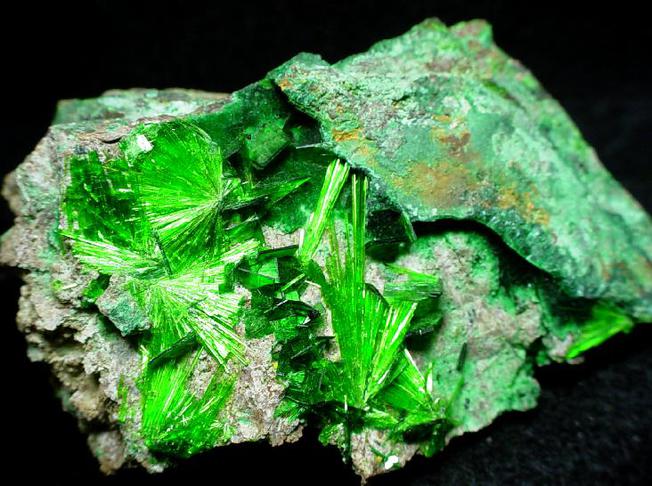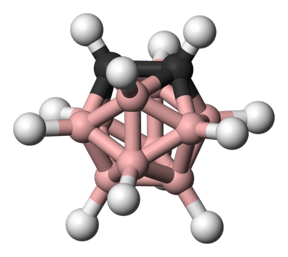Nano uranium (solid phase) Nano uranium PhD Nano _ Microelectronics
Researcher and author: Dr. ( Afshin Rashid)
Note: Uranium, a heavy, toxic, metallic, radioactive, and silvery-white element, belongs to the actinide group and its isotope 235 is used to fuel nuclear reactors . Uranium is a white, silvery-white metal with a low radioactivity during refining, which is slightly softer than steel . This metal is a thorny hammer, conductive and slightly paramagnetic .
The density of uranium is 65% higher than the density of lead . If uranium is well separated, it is strongly affected by cold water and oxidizes in the air. Uranium mined can be chemically converted to uranium dioxide and other industrially available species. The use of particles from micro-scale to nanoscale provides advantages for various scientific fields, but because a large percentage of their atoms are on the surface, nanomaterials can react greatly and pose potential risks to humans. To have with. Nanoparticles are highly regarded both in industry and in the natural sciences due to their widespread use. While natural materials have fixed physical properties regardless of size, the size of a nanoparticle determines its physical and chemical properties. Therefore, the properties of a substance change as its size approaches the nanoscale and the percentage of atoms on the surface of the material becomes significant. An important feature of all nanostructures is that the number of surface atoms in them is greater than the number of volume atoms. This ratio increases with decreasing nanoparticle size. Therefore, nanoparticle size is an important feature. The range of change in nanoparticle activity depends on the nature and shape of the nanostructure. With However, if the energy field of nano-particles with energy exposure to electro-magnetic analogy, and if within a certain wavelength, the occurrence of chemical reactions in materials under irradiation dramatic changes the activity of nanoparticles in the size of 100nm will be dramatic.
Nanoparticle surface atoms are not energy compensated. In general, the results of nanoparticle energy growth can be expressed as the total energy of the atomic surface atoms. The freedom of movement of atoms on the surface of nanostructures is limited, and only vibrational movements and the movement of electrons are possible. These two electro-kinetic reactions are interdependent because the displacement of the electron clouds of the atoms inevitably changes the vibrational frequencies of the bonds of the nanoparticle atoms . On the other hand, the displacement of capacitance electrons in bonds changes the polarity of bonds and objects called supermolecules . In this case, electron transfer to a higher energy level is possible.
Conclusion :
Uranium mined can be chemically converted to uranium dioxide and other industrially available species. The use of particles from micro-scale to nanoscale provides advantages for various scientific fields, but because a large percentage of their atoms are on the surface, nanomaterials can react greatly and pose potential risks to humans. To have with. Nanoparticles are highly regarded both in industry and in the natural sciences due to their widespread use. While natural materials have fixed physical properties regardless of size, the size of a nanoparticle determines its physical and chemical properties.
Researcher and author: Dr. ( Afshin Rashid)
PhD in Nano-Microelectronics




